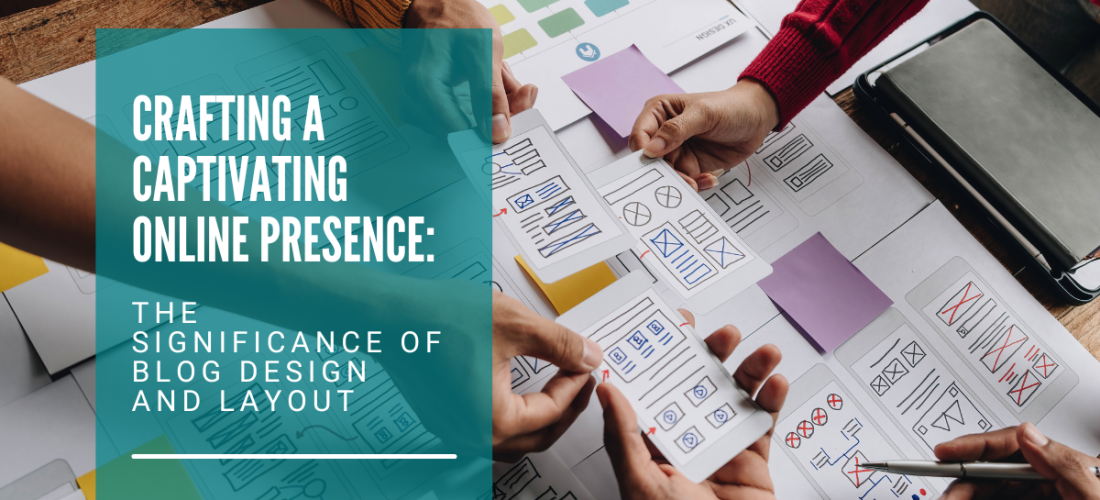First impressions matter just as much in the digital realm as in the physical world. The design and layout of your blog serve as the virtual handshake that welcomes visitors and invites them to explore your content. In this blog post, we’ll delve into the critical importance of blog design and layout, exploring how they can impact your blog’s success and user experience.
Why Blog Design and Layout Matter
The visual aspects of your blog are the initial factors that influence a visitor’s perception. Here’s why blog design and layout are essential:
- User Experience:
A well-organized and visually appealing layout enhances the user experience. Easy navigation, readable fonts, and logical content placement make it more enjoyable for visitors to explore your blog.
- Credibility:
A professionally designed blog creates an aura of credibility and trustworthiness. It signals visitors that you are serious about your content and their experience.
- Brand Identity:
Your blog’s design and layout are integral to your brand identity. A consistent visual style can help reinforce your brand’s recognition and values.
- Engagement:
An engaging design can keep visitors on your blog longer, increasing the likelihood of them reading more content, subscribing, or taking other desired actions.
- Mobile Compatibility:
With the prevalence of mobile devices, a responsive design ensures your blog looks and functions well on various screen sizes, reaching a broader audience.
Key Elements of Effective Blog Design and Layout
Now, let’s explore the key elements that contribute to an effective blog design and layout:
- Clear and Intuitive Navigation:
Ensure that your blog’s navigation is straightforward and intuitive. Use a well-organized menu structure, clear labels, and logical categories to guide visitors.
- Readability:
Choose fonts and font sizes that are easy to read. Use a clean and legible typeface for your content, and maintain appropriate line spacing.
- Visual Hierarchy:
Create a visual hierarchy emphasizing important content, such as headlines and call-to-action buttons. This helps readers navigate your blog and prioritize information.
- Consistent Branding:
Maintain a consistent visual style that aligns with your brand. Use a defined color scheme, logo, and imagery that reflect your brand identity.
- Responsive Design:
Opt for a responsive design that adapts to various screen sizes. Test your blog on different devices to ensure it looks and functions correctly.
- High-Quality Imagery:
Incorporate high-quality images and graphics that enhance your content. Visuals should be relevant and engaging, capturing the essence of your topics.
- Speed Optimization:
Ensure fast loading times for your blog by optimizing images, using efficient coding, and minimizing excessive widgets or plugins.
- White Space:
Leverage white space effectively to reduce clutter and make your content visually appealing. Adequate spacing enhances readability and comprehension.
Your blog’s design and layout are integral components of your online presence. They play a crucial role in user experience, credibility, and engagement. An effectively designed and thoughtfully structured blog not only attracts and retains readers but also conveys the professionalism and identity of your brand. By paying attention to the key elements of blog design and layout, you can create a captivating online space that leaves a lasting impression on your audience and sets the stage for a successful blogging journey.





